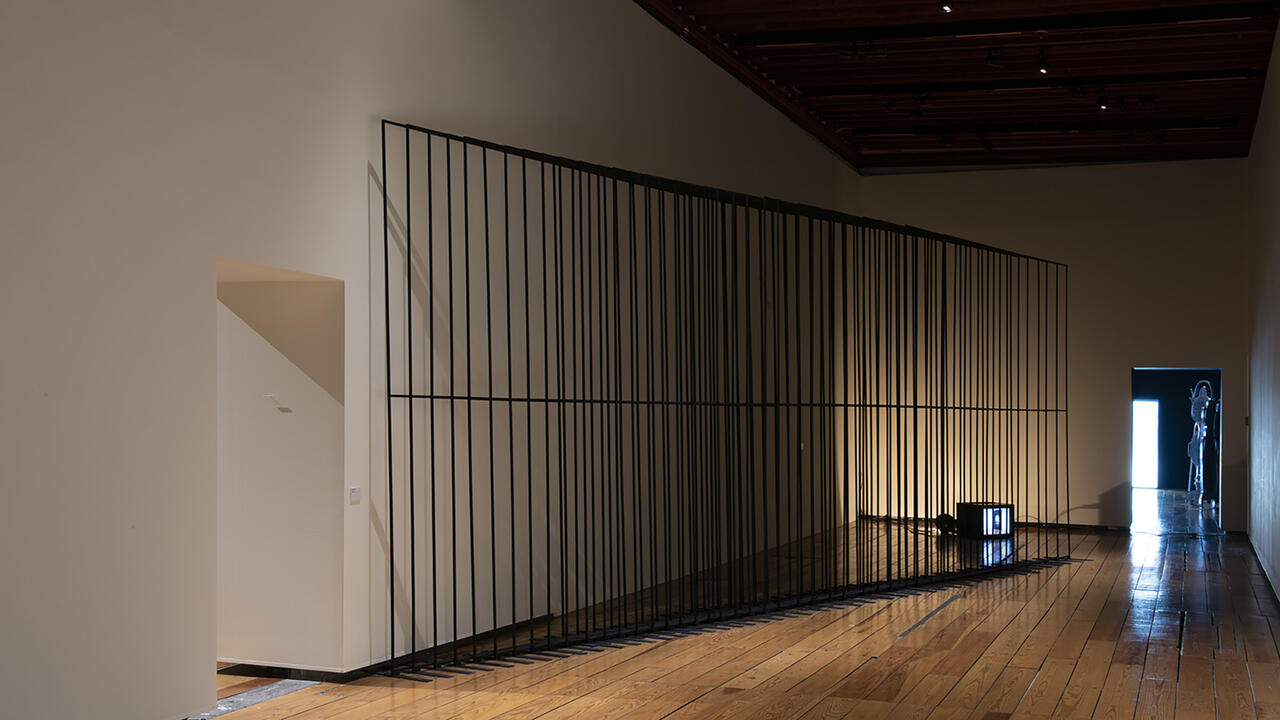Risham Syed

In the age of Facebook and group emails, who doesn’t love receiving postcards? They provide an old-fashioned glimpse into the life of a faraway friend and, in Risham Syed’s first solo exhibition in India, ‘Metropolyptical: A Tale of a City’, viewers were treated to a glimpse of life across the border in Lahore. The artist came across the term ‘metropolyptical’ in the online Urban Dictionary: it refers to ‘occurrences in major cities that make you think the world is ending’. The show reflected upon the impending death of old Lahore as it edges toward government and corporate-driven dreams of becoming a metropolis. Like Syed’s earlier work (that won her an Abraaj Prize in 2011), no detail was left unturned in her chronicle of post-colonial society in transition; the exhibition was especially relevant in Mumbai, which is experiencing similar growing pains. The most powerful work in the show was the ‘Lahore Series’ (2010–12). This began with the artist creating fake postcards and grew into impressive snapshots of a city in an uncomfortable state of transition. Syed’s small acrylic canvases on board – all of which are 6 × 4 inches – speak to the artist’s impressive skill as a painter: she uses extremely fine brushes to highlight minute details of the cityscape, from electricity lines to peeling paint, to weathered bricks and exposed backs of air conditioners. Acrylic paint is a plastic medium that reflects both the urban development in Pakistan and the simultaneous preciousness and disposability of Syed’s images. She paints buildings that are part of new housing schemes, but from angles that are usually hidden. In the new residential colonies, houses and buildings have well-finished facades, but the remaining three sides are often left crudely cemented or tar-covered, as new buildings will eventually hide the eyesore and create veneers of modernity. The meticulous technique and detail of the series further speaks to the haphazard aesthetic results brought on by development for development’s sake.
The postcard-like size of these paintings – especially when installed in Project88’s cavernous space, a former metal printing press – is successful in highlighting the details of the subject. Seven of the paintings were made in 2010 and five in 2012; the more recent works have lost the simple painted white frame found on the 2010 works and are more refined in terms of the palette and composition. The contrast between the scale of the postcard paintings and the gallery was disrupted, however, by a new series of digital jacquard weavings that the artist produced in China in 2012, titled ‘We Are Sorry for this Transient Inconvenience’. These tapestries depict parts of Lahore that were temporarily shut down to prepare for modernization and were awkwardly placed between sets of postcard paintings. While the dug-up streets, covered-up statues and roads depicted in the jacquard works are an important part of ‘Metropolyptical: A Tale of a City’, they would have been more successful if shown separately.
While visually underwhelming, the conceptual framework behind the digital jacquard works is solid and follows the connection Syed draws between the present and colonial history through real objects. The technique of digital jacquard speaks to the mechanization of the handloom that, for centuries, was used to create beautiful tapestries; the fact that Syed’s works were made in China speaks to the shift in production from Europe to the East. While the artist has worked with textiles before, this is the first time she has employed this particular technique, and the constraints of the medium kept these pieces relatively small. Perhaps if the scale were larger, the digital jacquard works could have held their own in the presence of the small, powerful paintings. Editors can transform stories into fine works of literature; similarly, ‘A Tale of a City’ could have benefited from some fine-tuning.














